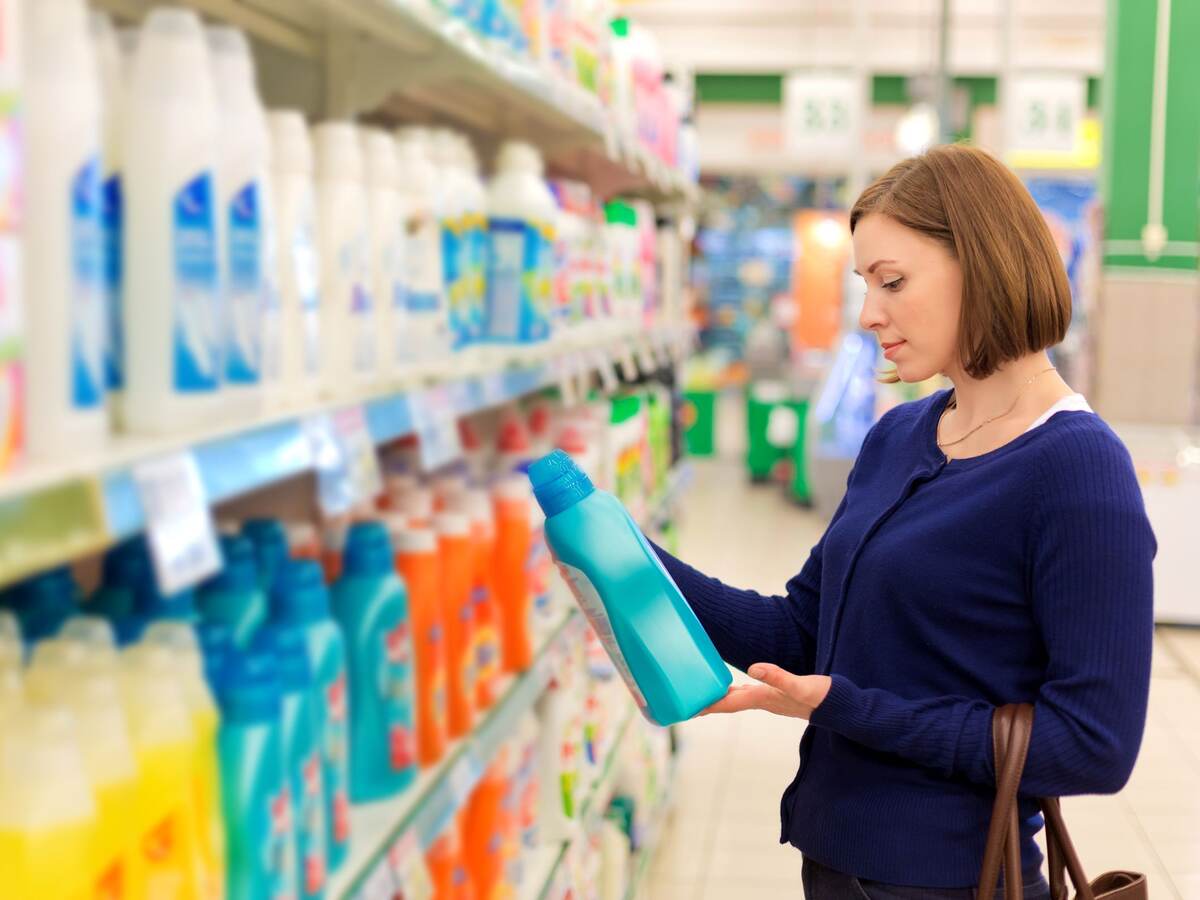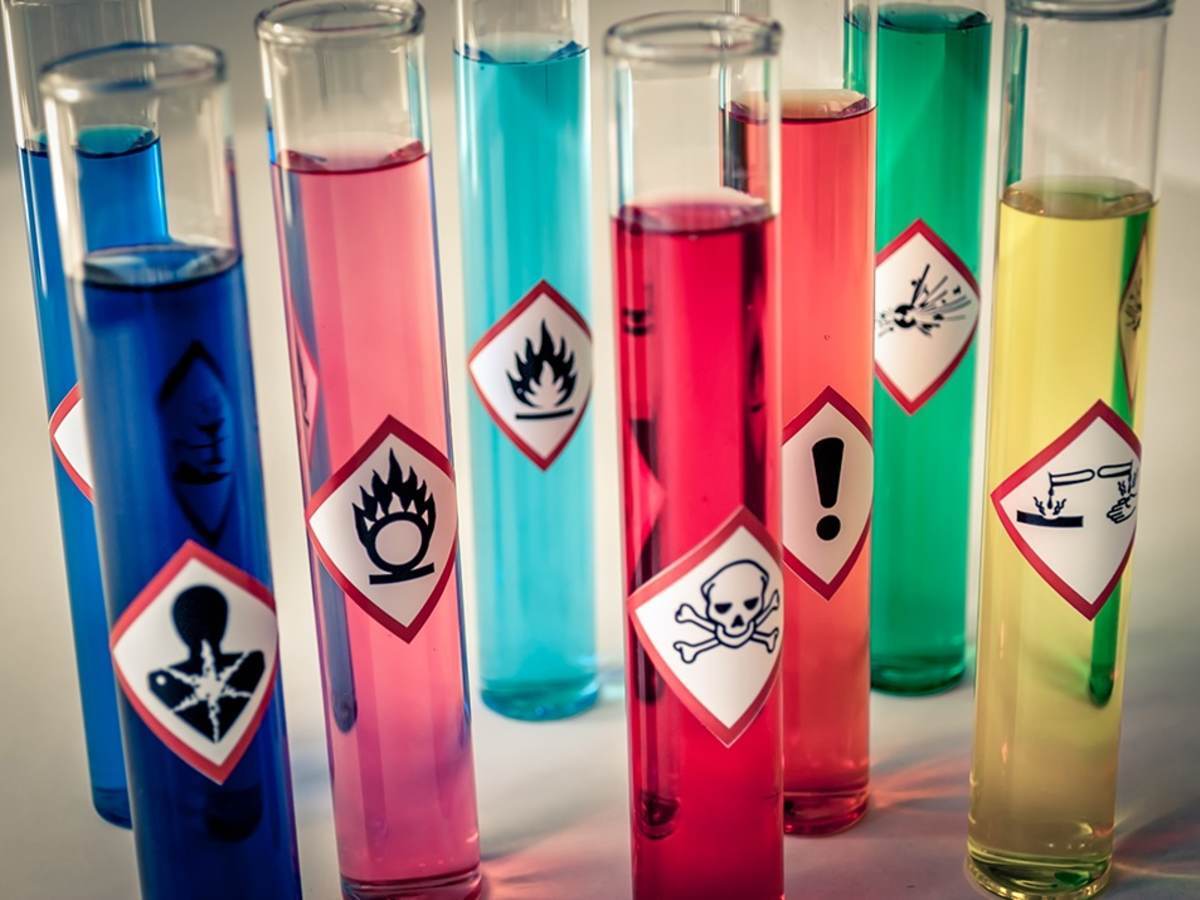May 22, 2023
By Eleanor Grimes, senior regulatory specialist, Supply Chain Team, UL Solutions
On April 28, 2023, the EU released an updated draft to the EC 648/2004 Detergent Regulations. This update addresses weaknesses highlighted in the 2019 review, which noted that there was room to improve clarity and the complexity caused by the existing labelling requirements, in particular allowing for novel tools for communication such as digital labels. The 2019 review was then built on in 2022 when the EU Commission’s work program identified further areas for improvement. In particular, this program highlighted weaknesses with how the Detergents regulation addresses new market developments and causes significant overlap and duplication with the CLP regulation.
Changes are detailed throughout the regulation resulting in a significant potential overhaul of the Detergent regulations, and anyone manufacturing, importing, or supplying detergents in the EU will be affected.
The definition of detergent has been updated. It was based on the original 2004 definition and has been clarified to allow for the inclusion of new products such as those that contain micro-organisms. The requirements for products containing micro-organisms (microbial cleaners) are detailed in Annex II, including properties of the strain used and the minimum shelf life of the product.
In the original 2004 regulation, manufacturers were required to be within the EU, but the draft proposes that a manufacturer can be located outside of the EU as long as an EU-based authorized representative has been appointed. The authorized representative is appointed by a written mandate from the manufacturer, and this mandate allows the representative to verify the product passport and keep it along with other technical documentation for 10 years after the product was last placed on the market. They can then cooperate with the local authority as appropriate and demonstrate that the product conforms with the regulation.
The majority of the labelling requirements detailed in the 2004 regulation remain, but it does introduce the inclusion of the CE conformity mark and the possibility of using a digital label. This is fully detailed in articles 14-17 and annexes IV and V of the draft regulation. These cover what information is to be included and on what type of label, and also requirements associated with how the digital label is to be made available.
Finally, there is the introduction of the product passport. This replaces, but is similar to the original ingredient data sheets in the current 2004 legislation and the declaration of conformity set out in Decision 768/2008/EC. The product passport is connected to the product via a unique identifier and this reference of the product passport must be included in a Commission central registry that will be set up under the eco-design for sustainable products regulation. This new information must be presented at customs as the product is exported around the EU.
The product passport shall include the following information:
- The unique product identifier.
- The name, the address of the manufacturer or the manufacturer’s authorized representative as well the manufacturer’s unique operator identifier.
- The identification of detergent or surfactant allowing traceability, including a color image.
- The commodity code under which the detergent or surfactant is classified at the moment the product passport is created, as set out in Council Regulation (EEC) No 2658/874.
- References to Union legal acts that the detergent or surfactant complies with.
- A full list of substances intentionally added in the detergent or surfactant and of preservatives labelled in accordance with part A, using the International Nomenclature of Cosmetic Ingredients, or where it is not available, the European Pharmacopoeia name and, when also the latter is not available, the common chemical name or International Union of Pure and Applied Chemists name.
For further details, please see articles 18-21 and annex VI of the draft regulation.
Currently all of these changes are still in draft form, therefore, it is not recommended that anyone amends the way their detergent products are being handled. However, it is recommended that anyone manufacturing, importing or supplying detergent products, including those with micro-organisms, keep an eye on this amendment and either provide feedback when applicable or prepare to abide by the regulation once a final version has been published.
Sources
Copies of the draft regulation can be found at the current location: Draft
The current 2004 Detergent regulation: EC 648/2004
Regulatory Roundup Newsletter
Never miss an update
UL Solutions, the global safety science leader, can keep you updated on the latest events with a variety of materials, ranging from the latest regulatory news, webinars, white papers, events, industry insights and more.
Subscribe to our monthly Regulatory Roundup Newsletter and stay up to date on current and upcoming regulations and all the latest chemical industry news.
Safety Data Sheet (SDS) Authoring and Labeling Services
Create, maintain and distribute comprehensive SDSs and labels to meet your increasingly complex global compliance requirements.
Chemical Regulatory Compliance
Manage your chemical compliance needs with the help of global regulatory expertise and leading resources.
Chemical Compliance Training
We provide a series of chemical regulatory training programs designed to help understand the diverse set of requirements and how to confront them.
Get connected with our sales team
Thanks for your interest in our products and services. Let's collect some information so we can connect you with the right person.





